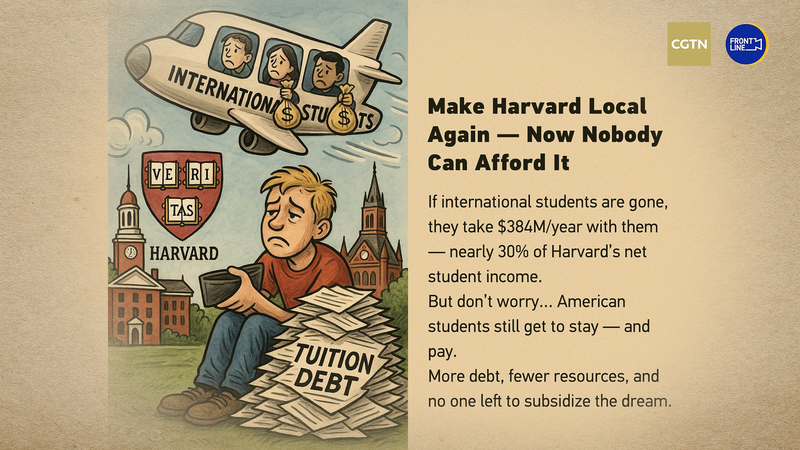Harvard’s global campus is under threat as a sudden drop in international enrollment could pull out $384M annually—nearly 30% of the university’s net student income.
As top-tier institutions increasingly depend on overseas tuition dollars, Harvard faces a stark choice: cut programs and services or shift the entire cost burden onto domestic students.
For American undergraduates, the scenario is grim. What once was subsidized by a diverse student body now falls squarely on their shoulders. Expect steeper tuition hikes, record-breaking student debt, and leaner resources—from laboratory upgrades to library acquisitions.
Behind these numbers is a deeper question about the future of global education. Harvard’s model has thrived on cross-border exchange, fueling innovation on campus. Without that international spark, the dream is at risk, and the entire ecosystem—professors, researchers, and local businesses—feels the impact.
As G20 leaders debate new policies around visas and mobility, universities must rethink revenue streams: digital classrooms, strategic partnerships, and scholarship endowments. Young global citizens, entrepreneurs, and changemakers all have a stake in how higher education adapts in a changing world.
What does this mean for the next generation of leaders? Share your thoughts on financing global learning in a changing world.
Reference(s):
cgtn.com




